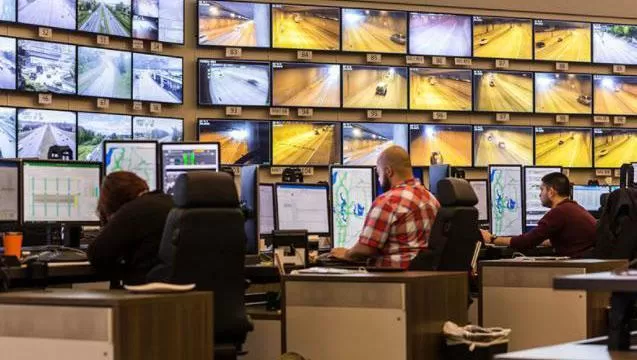In the display field, the status of LCD splicing screens can be said to be one of the best, and it is a star-rated product among large-screen display products; it is composed of multiple LCD units, and the spacing between each screen is very small, which hardly affects the display. Effect: As the technology becomes more and more mature, this type of splicing large screen can already achieve a minimum of 0.88mm.
The reasons why LCD splicing screens are favored by users.
- Innovation
The display principle of the large LCD splicing screen is to divide the video and picture signals into each display unit through the splicing screen processing software. it is different from the display method we usually touch, which can make the transmitted picture more stable.
- Simple operation
No complicated steps are required. In this era of efficiency, people like fragmented reading and smart devices to bring convenience to life. So the easy-to-operate splicing large screen has naturally become people’s first choice.
- Long life
iSEMC's LCD splicing screen has a long life span, which is longer than DLP splicing, plasma large screens and other products. Therefore, relatively speaking, the cost-effectiveness is definitely higher, which is beyond doubt.
- Support 7*24 hours of uninterrupted work
Many display products mostly have a problem, that is, they will become particularly fragile and easily damaged after a long time of operation, but the LCD splicing screen is different, it can run without interruption and damage, so there is no need to worry about the LCD splicing screen running for too long Bringing all kinds of problems, especially in some monitoring command and dispatch centers, LCD splicing screens can better exert their own characteristics.
- HD display
The display effect of the iSEMC’s LCD splicing screen is excellent. Whether in terms of brightness, clarity, contrast, etc.
LCD splicing screens have become the mainstream of large indoor terminal display screens, and are used in entertainment, government, transportation, energy, finance, radio and television and many other fields, and the processing capacities of iSEMC’s video wall system and excellent LCD splicing screen determine its rapid development.











